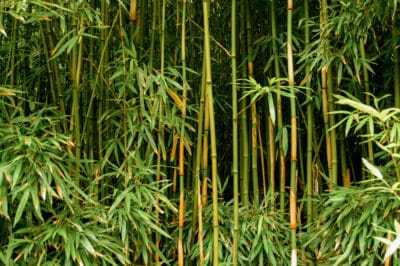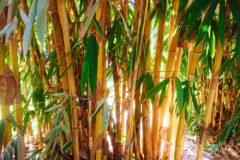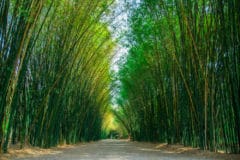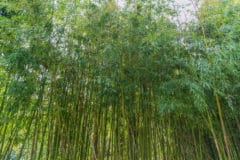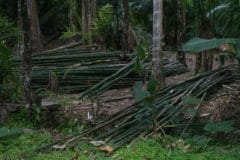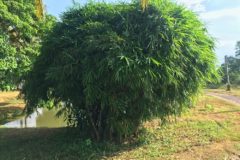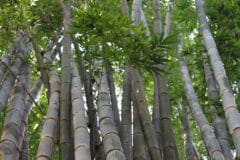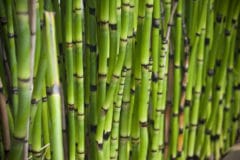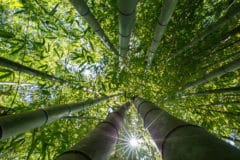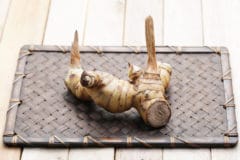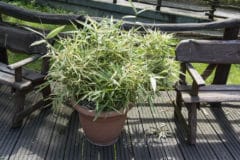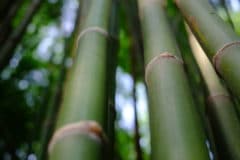Where Does Bamboo Grow?
Native bamboo can be found all over the world, with two exceptions. There are no bamboos native to Europe or Antarctica. Most bamboos are native to tropical or subtropical regions, although they can also be grown in some temperate regions. Depending on the variety, bamboos can be grown outdoors in USDA Zones 5 and above. Bamboo is the fastest-growing plant in the world.
Temperature Differences
One significant difference between trees and bamboo is the temperature range. For example:
- Some bamboo can tolerate high temperatures between 70 and 100°F (°C).
- Desert trees like the palo verde and acacia grow well with daily temperatures well over 100°F (°C) for extended periods.
- In terms of cold, the bamboo’s range is 20 to 30°F (-7 to -1°C) for short periods.
- White spruce experiences daily winter temperatures of 20°F (-7°C) and survives at -70°F (-57°C).
Leaves vs Bark
Bamboo plants don’t have bark. Nor do they have a vascular cambium layer or meristem cells. The first is the layer just under the bark that increases the plants’ diameter. Meristem cells on the ends of the branches are where the tree grows in length. Instead, a bamboo culm has all of its cells when it first develops and grows by filling the cells with water.
Growth Habits
Trees gradually increase in diameter and height every growing season, taking about 20 years to mature. Bamboo culms, however, reach their full height in a single season. The plant has protective leaves around the culm when it first develops. Over the course of several years, it will grow some side branches and branchlets, but it doesn’t have branches like a typical tree.
Invasiveness
Although trees like the Norway Maple are considered invasive, they take years to spread widely or reach full height. Running bamboo has a single large root mass and an established running bamboo clump will easily spread three to five feet in diameter each year. Some have been known to spread 15 feet. Bamboo can grow three feet in height each day.
Differences in Wood
Wood from trees is a solid piece of hard fibrous tissue. Composed primarily of cellulose fiber embedded in a material called lignin, wood is well able to resist compression. Bamboo is fibrous and the fibers must be pulled from the stem and then laminated together with adhesives. Bamboo is also much higher in silica and can split or fray when cut.
